Each notation delivers a message about the environment that frames a particular time.
Full flow no.1 | Subtang
You just saw one of the billions of emotional notation underlying human behavior generated by the unconscious. And each notation delivers a message about the environment that frames a particular time. Human behavior happens in three stages: Assessment, analysis, and execution. The first stage, the assessment, runs by the unconscious and includes a series of scanning processes. In the scanning we are in receptor mode and receive sensory inputs related to the current situation. But first, let me define the nature of the unconscious so you can understand why the series of scanning is required.
The unconscious is mute and speaks no words. It’s rapid, reflexive, automated, and highly responsive to change. The nature of the unconscious is the most critical part that should be remembered throughout the process because these features are the pillars of human behavior. So let me demonstrate it frame by frame so you can experience how the unconscious links sensory inputs with emotions to create an emotional notation for a particular time.
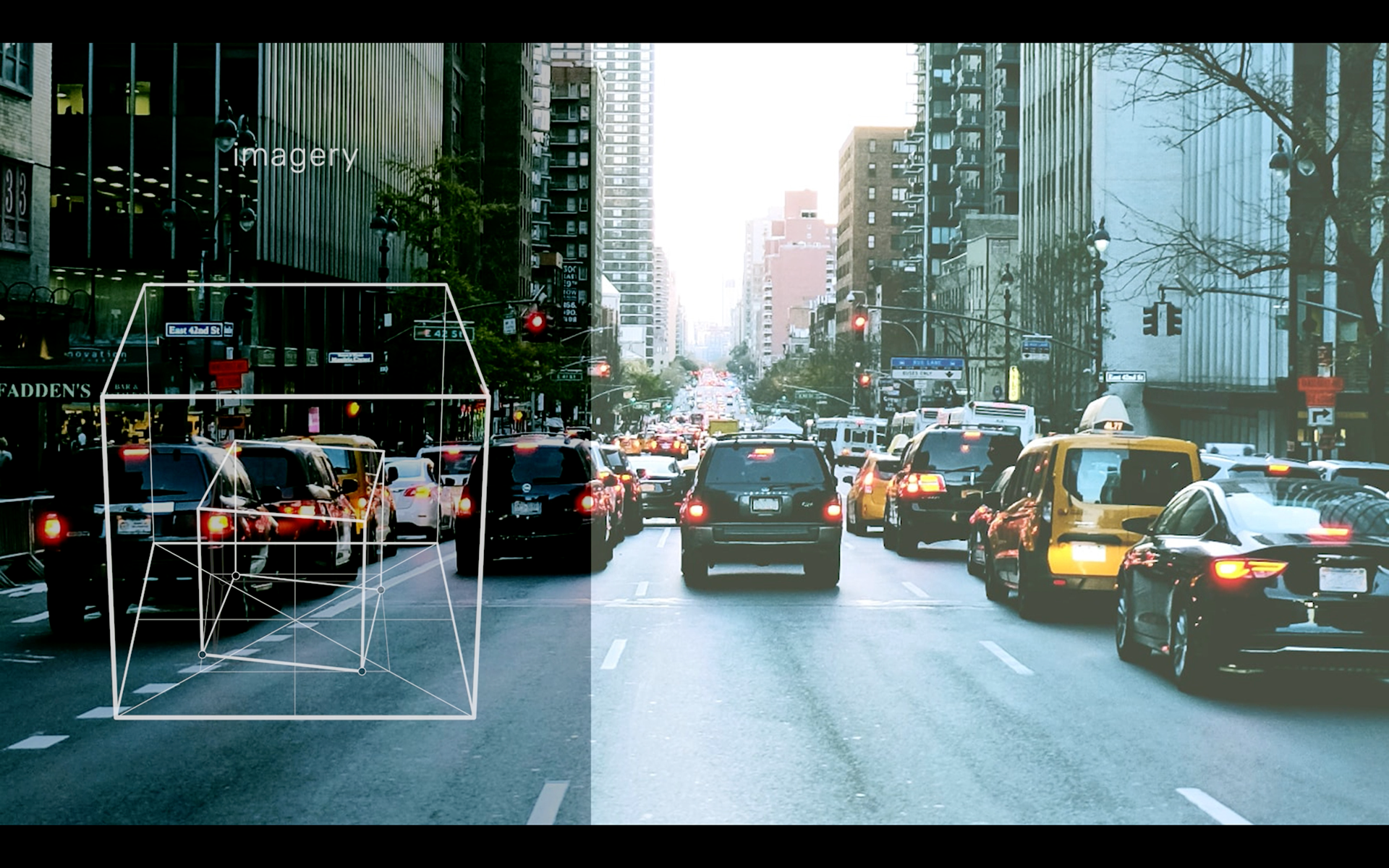
Photo by Daryan Shamkhali on Unsplash
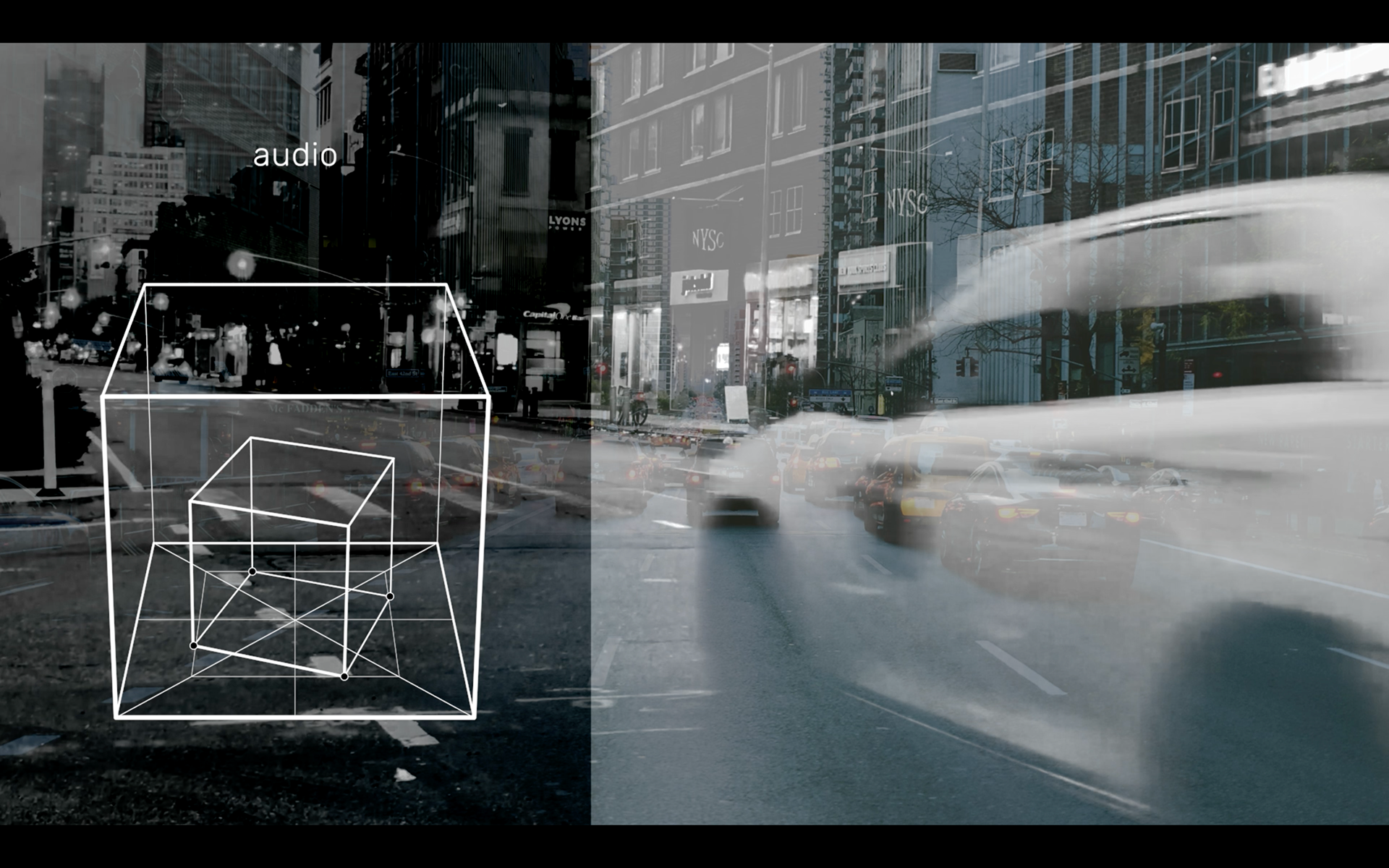
Footage by Isik Kavuzlu
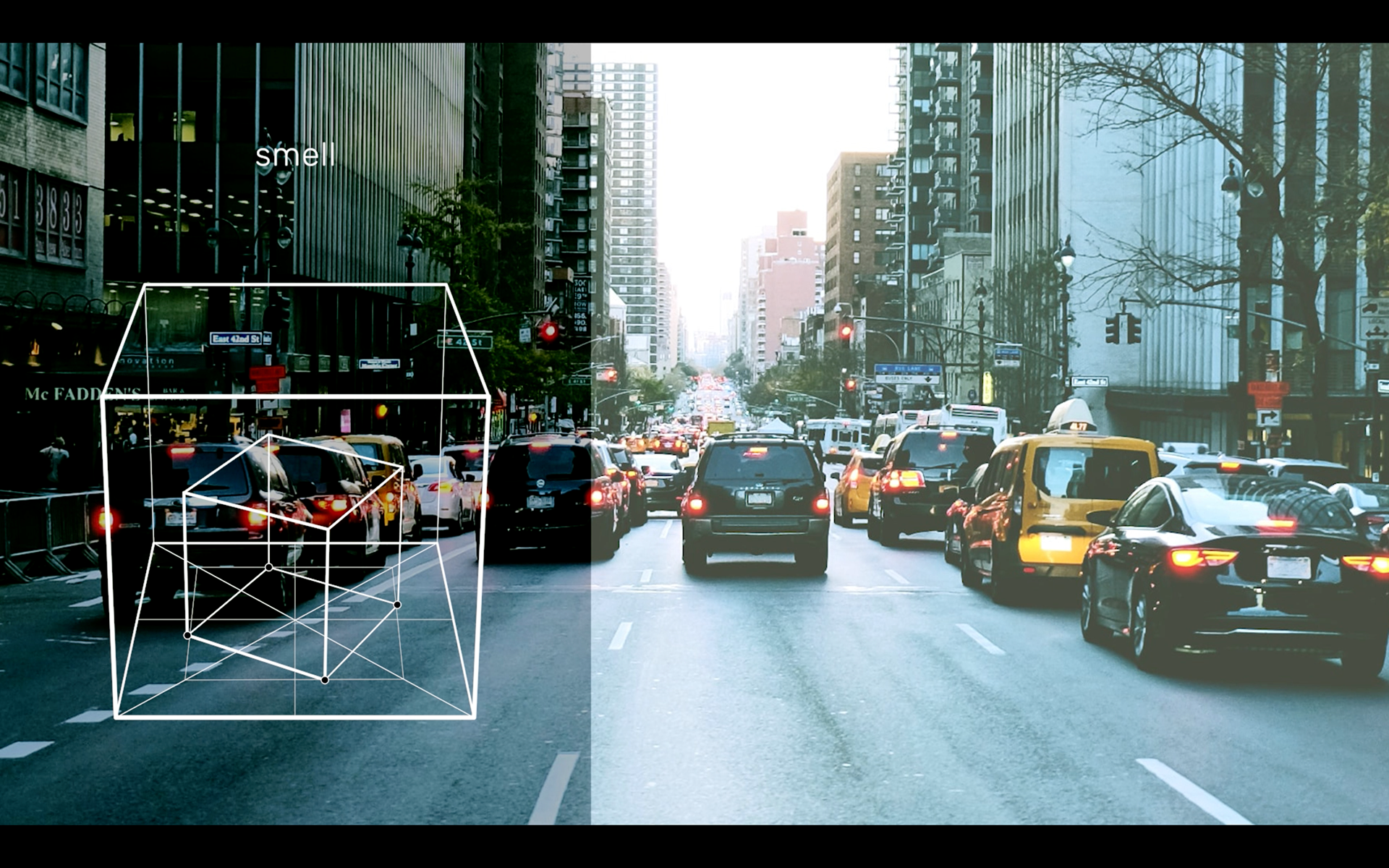
Photo by Daryan Shamkhali on Unsplash

Photo by Daryan Shamkhali on Unsplash
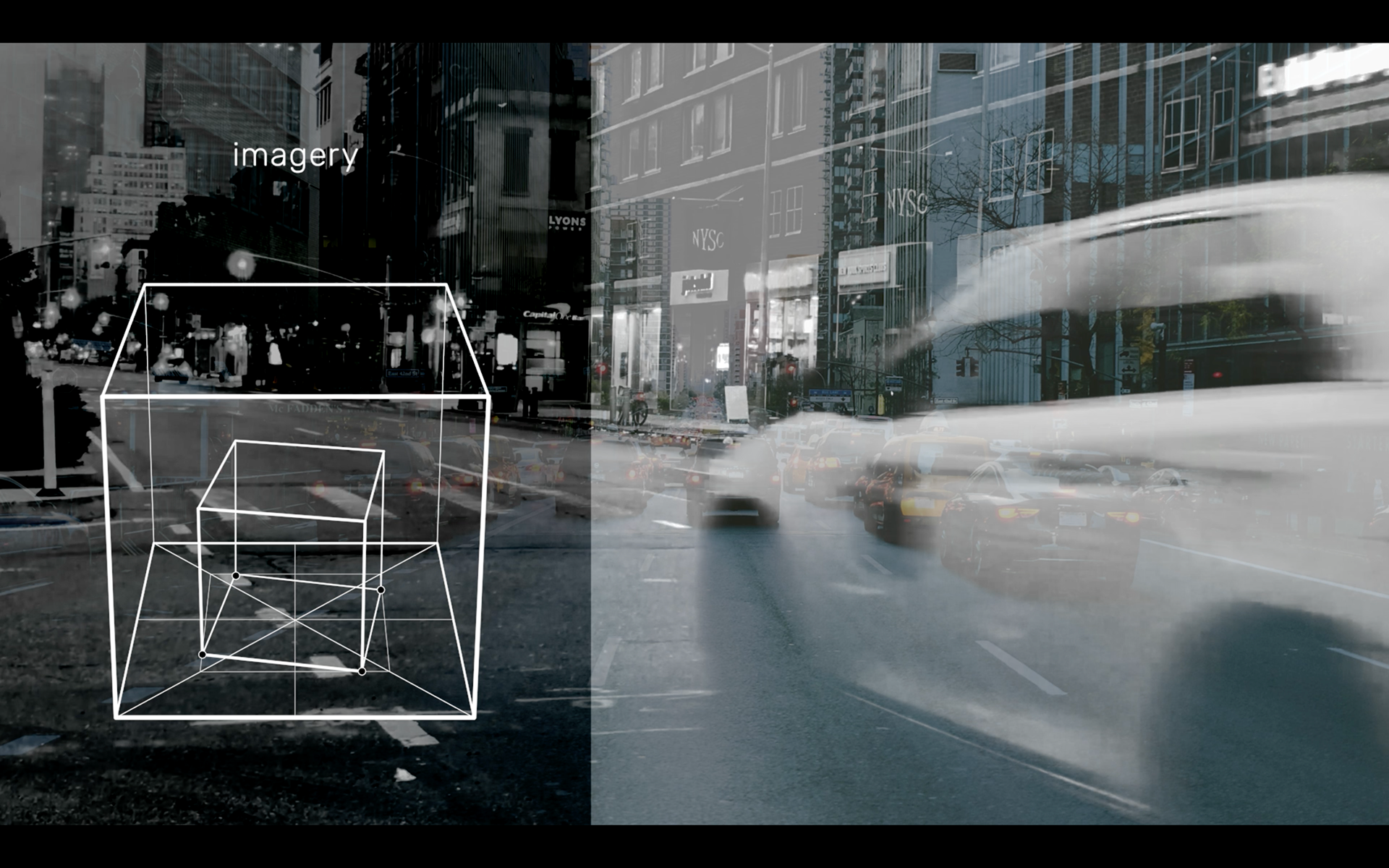
Footage by Isik Kavuzlu
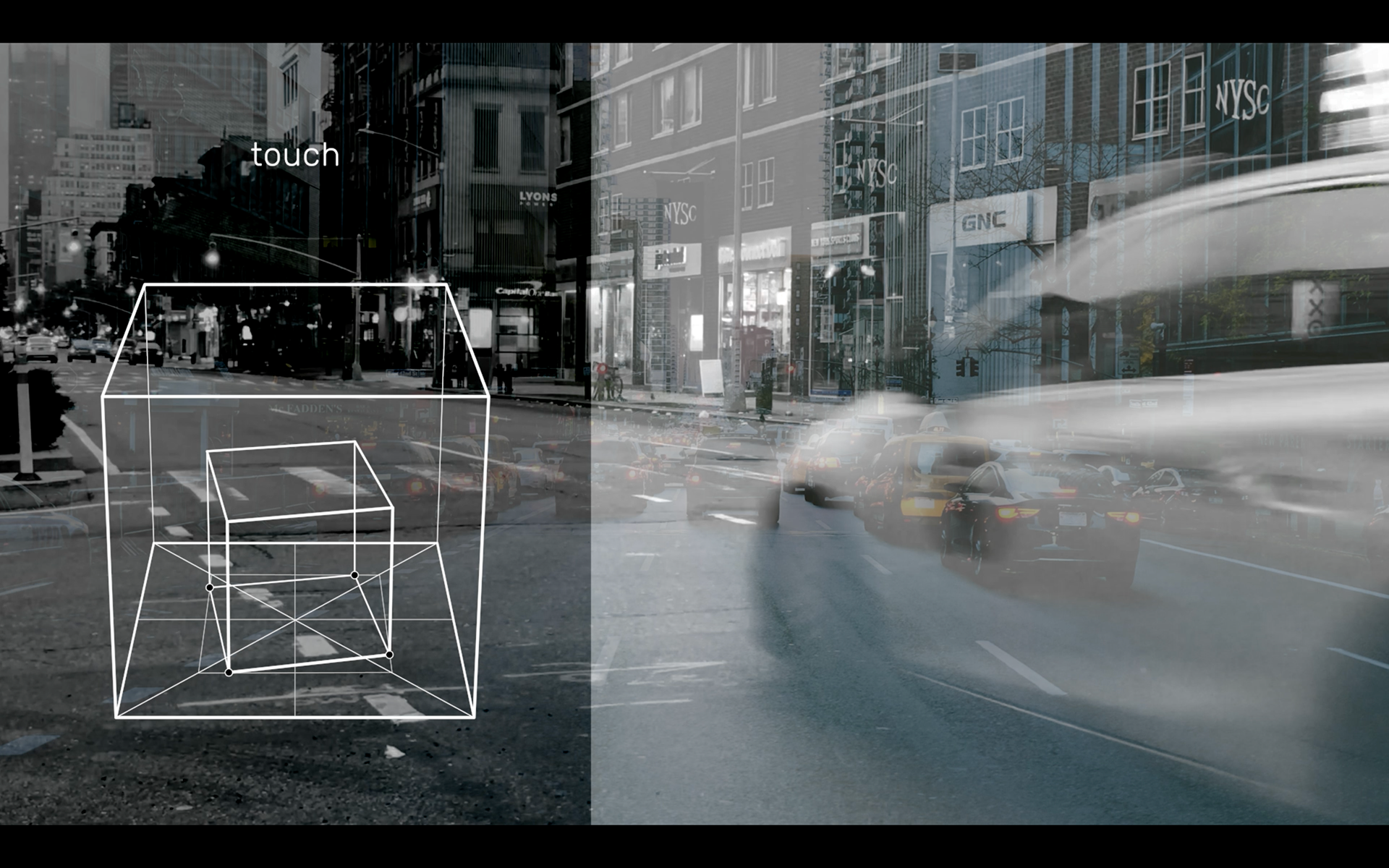
Footage by Isik Kavuzlu
Imagine walking on the streets and scanning the environment for sensory inputs. Once you receive them, the unconscious matches these external inputs with the internal memory hub to look for a possible match or a stressor. Now, the unconscious has to convert its assessment process into an emotional code to determine our state for a certain duration. So it can send this memory block to the memory hub to recall it in the future.
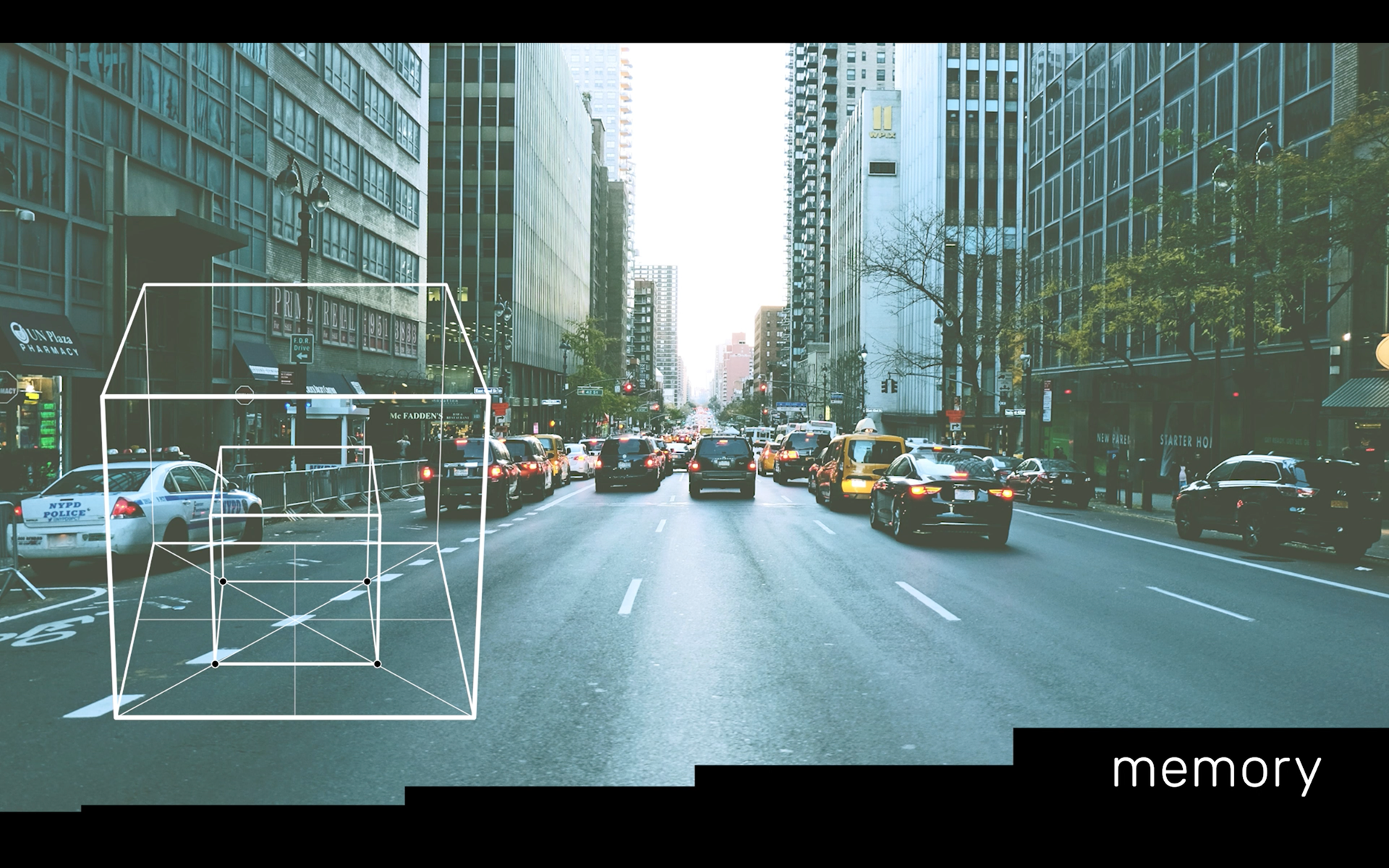
Photo by Daryan Shamkhali on Unsplash
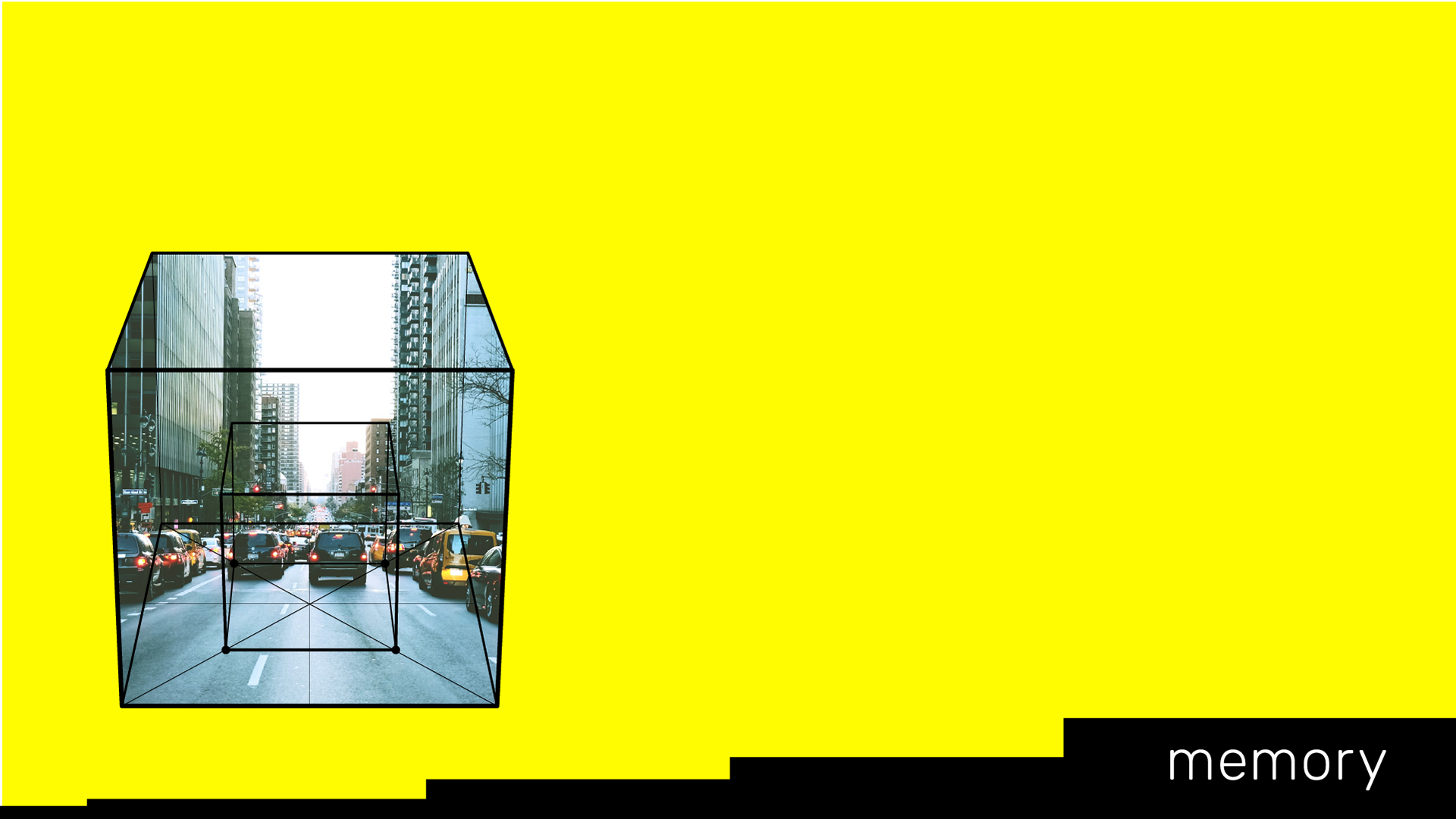

Photo by Annie Spratt on Unsplash

Photo by Philipp Pilz on Unsplash

Photo by Kamil Pietrzak on Unsplash

Photo by Oscar Sutton on Unsplash
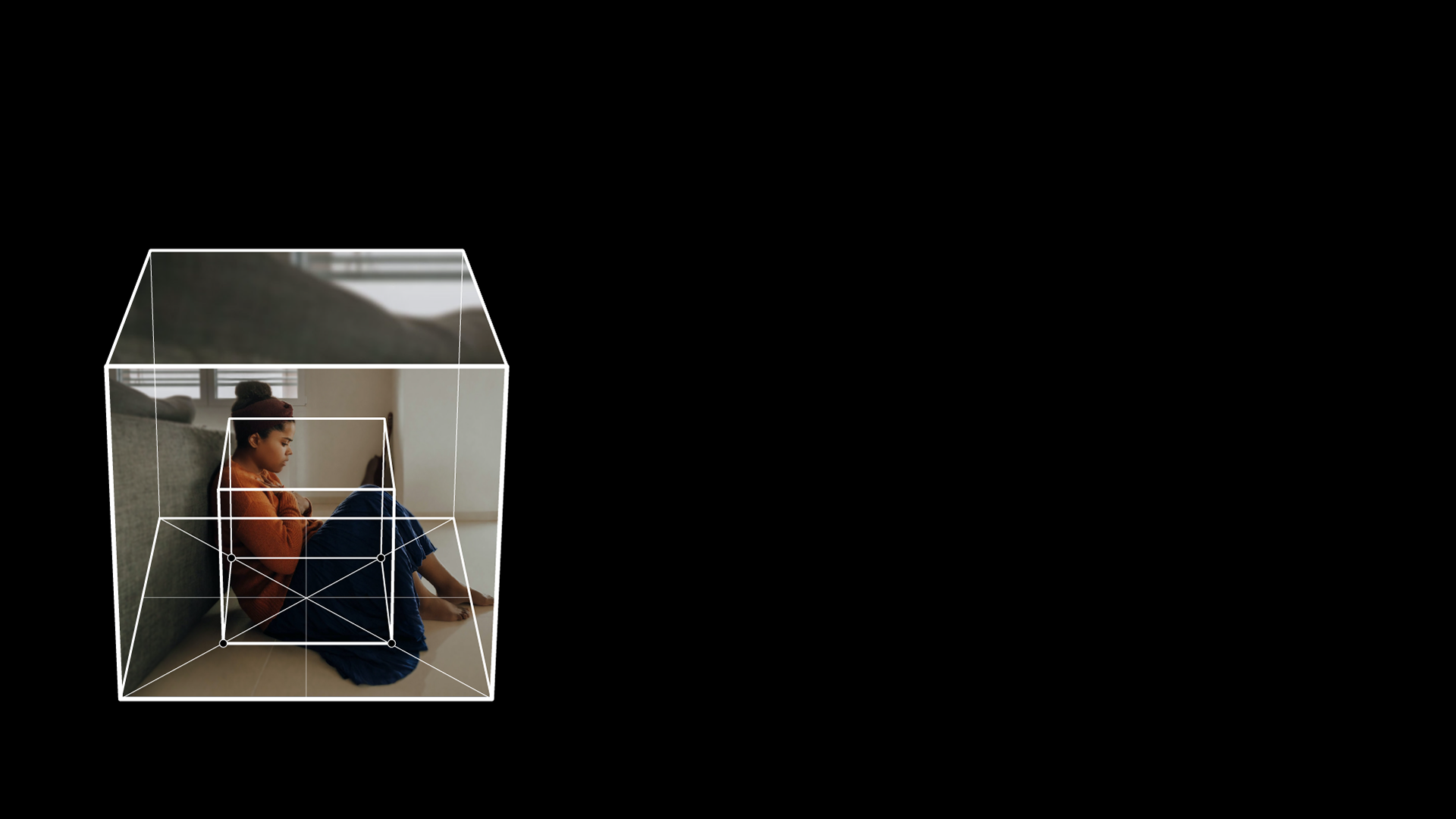
Photo by Joice Kelly on Unsplash

Photo by Priscilla Du Preez on Unsplash
The emotional code contains three pieces of information to analyze by the conscious. The presence of a stressor, our proximity to the stressor, and our capacity to handle the stressor.
Feeling four primary emotions already signals to the brain, “there’s a stressor.” The intensity of emotions tells your proximity to the stressor. When the type of emotion tells your capacity. So it wouldn’t be wrong to say that human behavior is a sum of these emotional codes played in different frequencies and duration throughout the day. And it’s normal to get a harmonious or discordant notation depending on our living conditions.
Please click to play to explore more on the subject.

